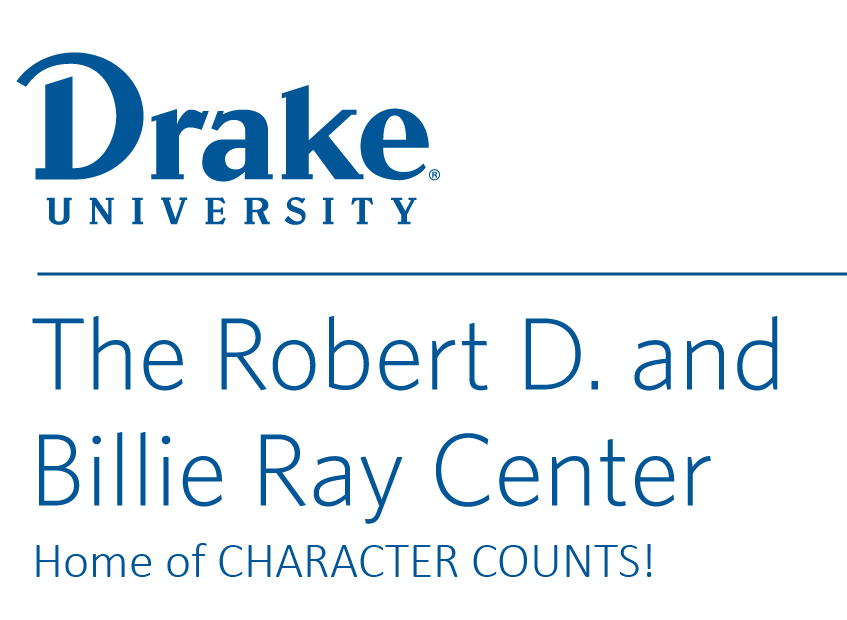

Identify and understand emotions, values, attitudes, motivations, mindsets, and personal attributes.
Regulate emotions, attitudes, and actions, and manage negative emotions and impulses.
.
Fully engaged in the educational process and connected to the school community.


Students will learn about the importance of self-improvement and reflect on ways they can improve a skill or character trait to help them reach a goal.





In the video, Ed said, “Get in there and learn, baby!” We can reflect on ways we can learn about ourselves and set goals to improve some areas of our lives.

K-5
6-12

Educators: Copy the Family Connection and email it to parents, or click here to download a PDF version to email or print.
Watch
Watch the video as a family: https://youtu.be/FGZgxML3wfY
Discuss
Use these questions to start meaningful conversations about self-improvement.
Activity